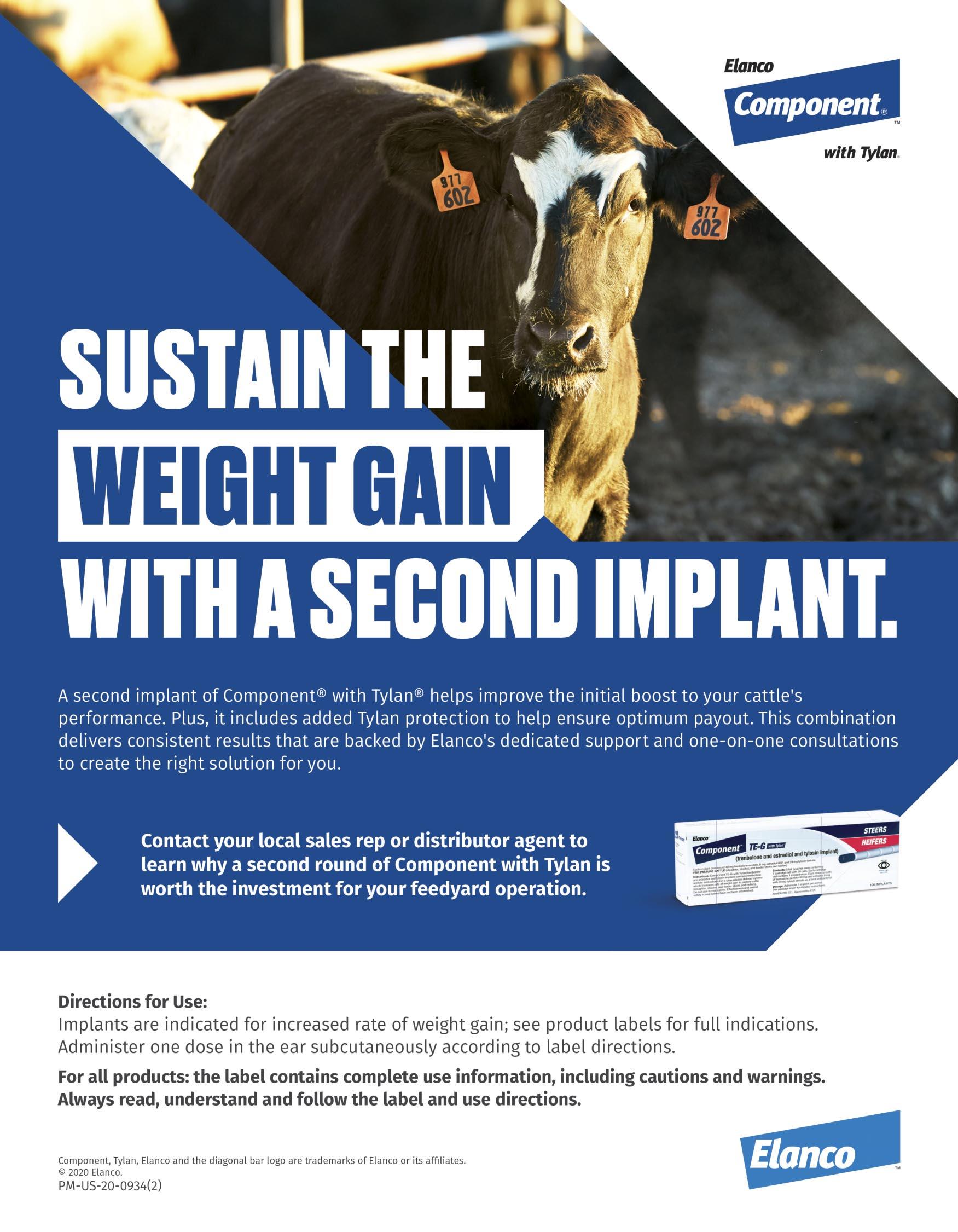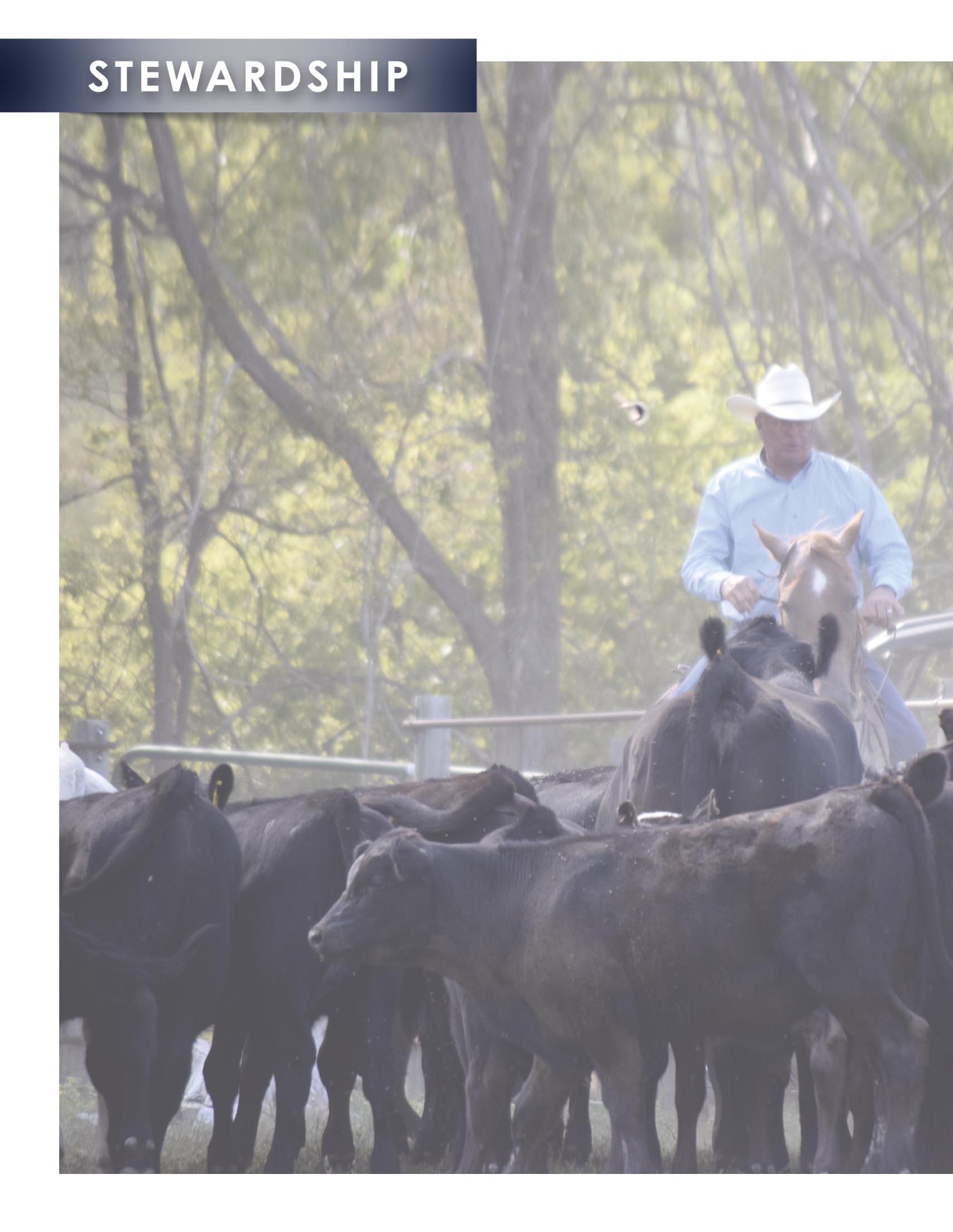
2 minute read
the FEEDLOT HORSE
By Paul Keith
Agood feedlot horse is possibly the most vital, misunderstood, unappreciated part of the yard. Many accidents at the feedlot involve a horse but can usually be traced to human error or bad judgment. In many cases, accidents handling cattle would likely be much worse if the cowboy was on foot instead of horseback. I have seen several accidents where the horse was the victim of the cowboy.
• The cowboy dropped the gate rod through the back cinch.
• The cowboy dropped the gate rod through the stirrup over his foot. In this case, the horse stood perfectly still until help took the stirrup apart. Without the horse’s patience, the cowboy’s leg would have been broken.
• The cowboy ran the horse hard on a rock feed alley and then wondered why his horse got a stone bruise.
• The cowboy repeatedly used the horse, then ran him back to the barn and dumped grain to him. The cowboy then wondered why his horse was barn sour.
• The cowboy used a tie down (a poor substitute for good hands), and a steer ran between the tie down and the horse's neck, causing a wreck.
• The horse bucked the cowboy off. These horses should not be at the feedlot.
I have also seen the horse that runs off. The rider runs his horse, checking him and saying “Whoa” but never stopping him. After a few times, the horse learns that the rein pressure and “Whoa” do not mean anything.
Some Quarter Horse bloodlines are bred for “cow sense”, but this breeding means nothing if the cowboy does not know how to develop the cow sense. Even if the horse has lots of cow sense, if he is constantly put out of position, he will eventually lose the desire to work a cow properly. The horse that is taught to work a cow properly will be less apt to fall in slick conditions, as long as the cowboy does not take control of his head and cause him to lose his balance.

Too often when pulling cattle or getting fats out of the pen, the cattle do not cooperate, and the cowboy takes his frustration out on the horse. Eventually the horse will come to dread his job.
Some good, solid horses learn to cheat the cowboy, and some cowboys who are very good at their jobs are not good horsemen. The horse needs proper correcting, and he will continue being a good horse. Horses need a pat on the neck once in a while when they are trying to do a good job, especially young horses. It builds their confidence, and they will try harder to please the cowboy.
Horses are not equipped to eat the same feedstuffs as cattle. Horses can be fed a variety of roughages, but all should be mold free. Horses cannot perform well if fed moldy feed. It is pretty frustrating to feed once dairy quality hay that is now moldy because it was left uncovered in the rain!
I have worked with horses in feedlots for nearly 35 years and spent many years training horses prior to that. I hope that my observations and experience will shed light on the value of a good feedlot horse.












